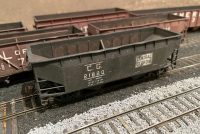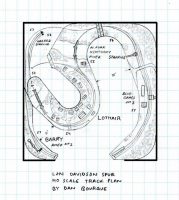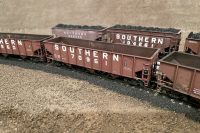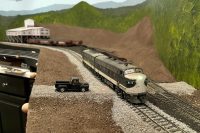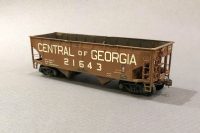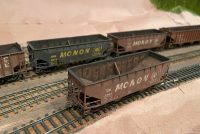Modeling a Southern Extended-Height Twin Hopper in HO Scale
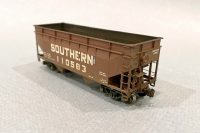
One of the things I love most about modeling coal-hauling railroads is the variety of hoppers employed by all the railroads. Each line seemed to have their own unique preference for sizes and mixes of cars, and the manufacturers made them in so many varieties. The 1960s and ’70s were especially eclectic as railroads engaged in hopper rebuilding programs to extend the lives of otherwise obsolete cars, especially 50-ton twin hoppers that were the mainstay of coal hauling for most of the 20th century. This is an easy kitbashing project to bring one of the more distinctive modifications in Appalachian coal hopper history to your layout.
History of the Southern’s Extended-Height Fleet
Rebuilding programs often involved increasing the capacity of … Read more




